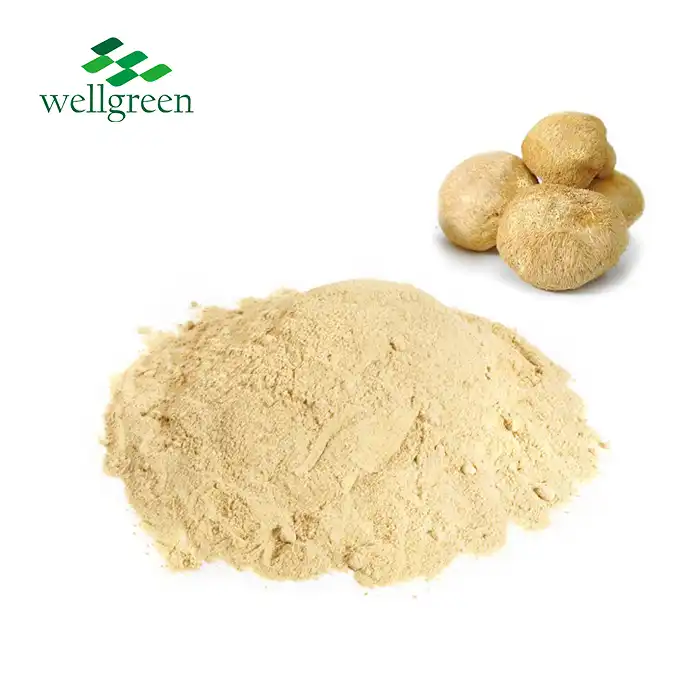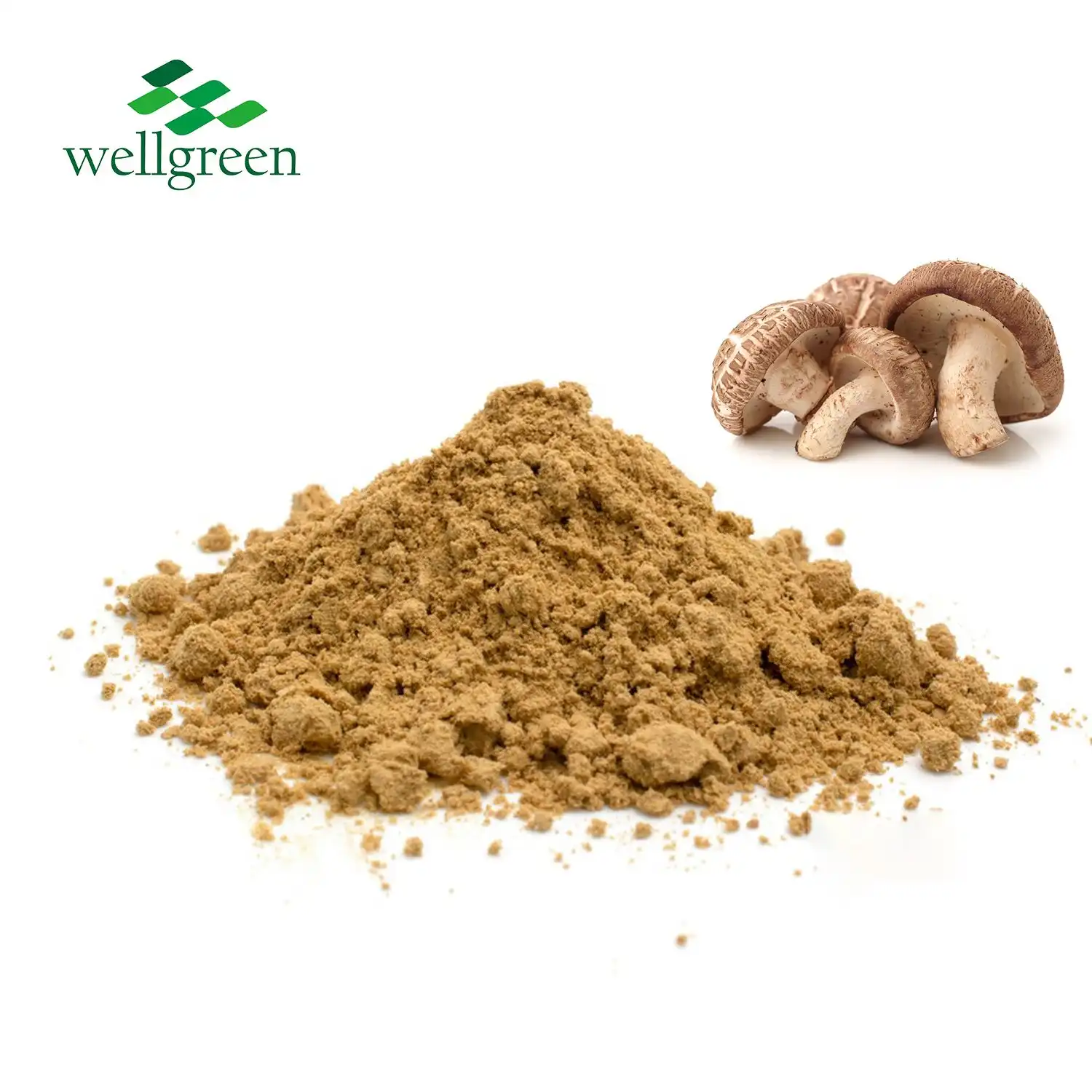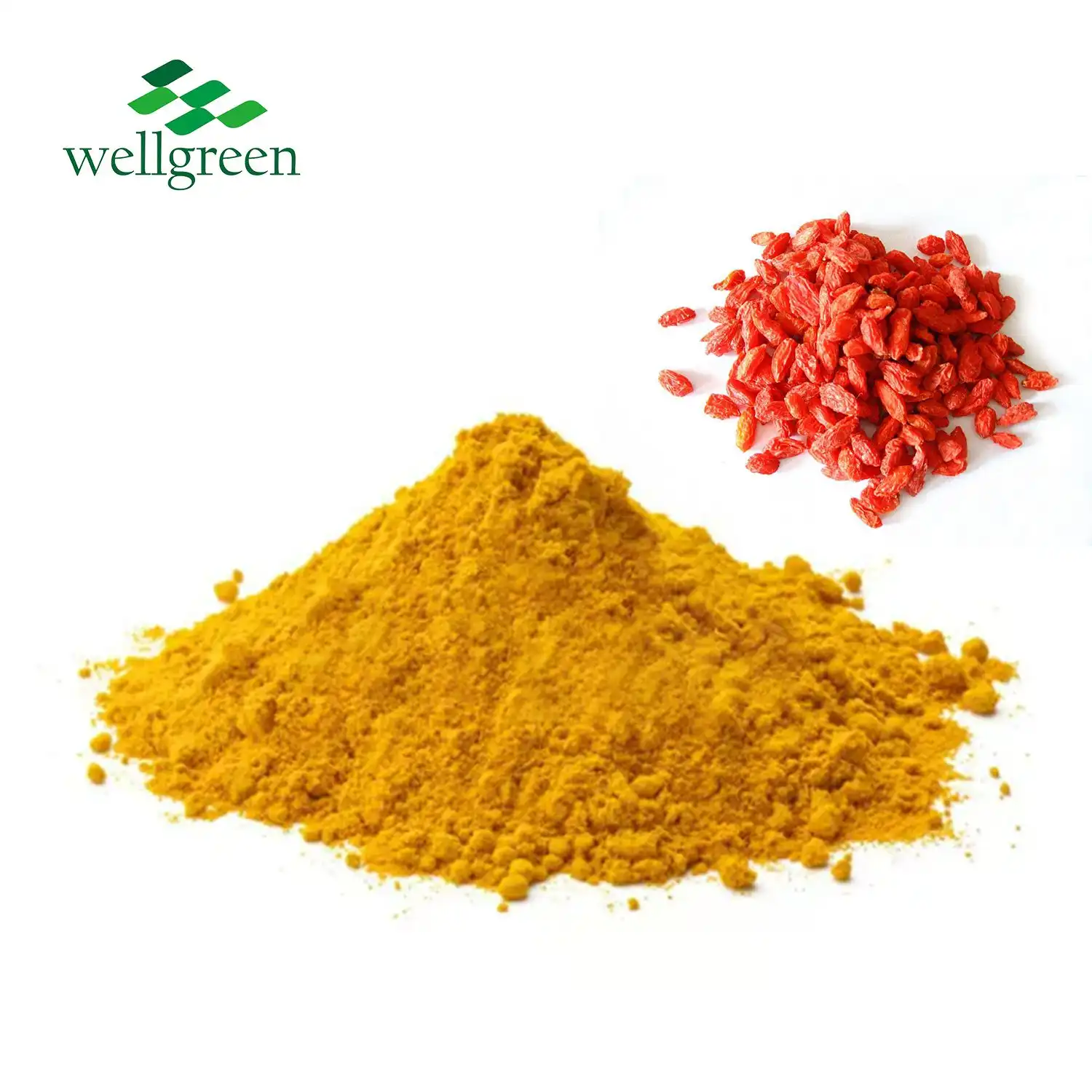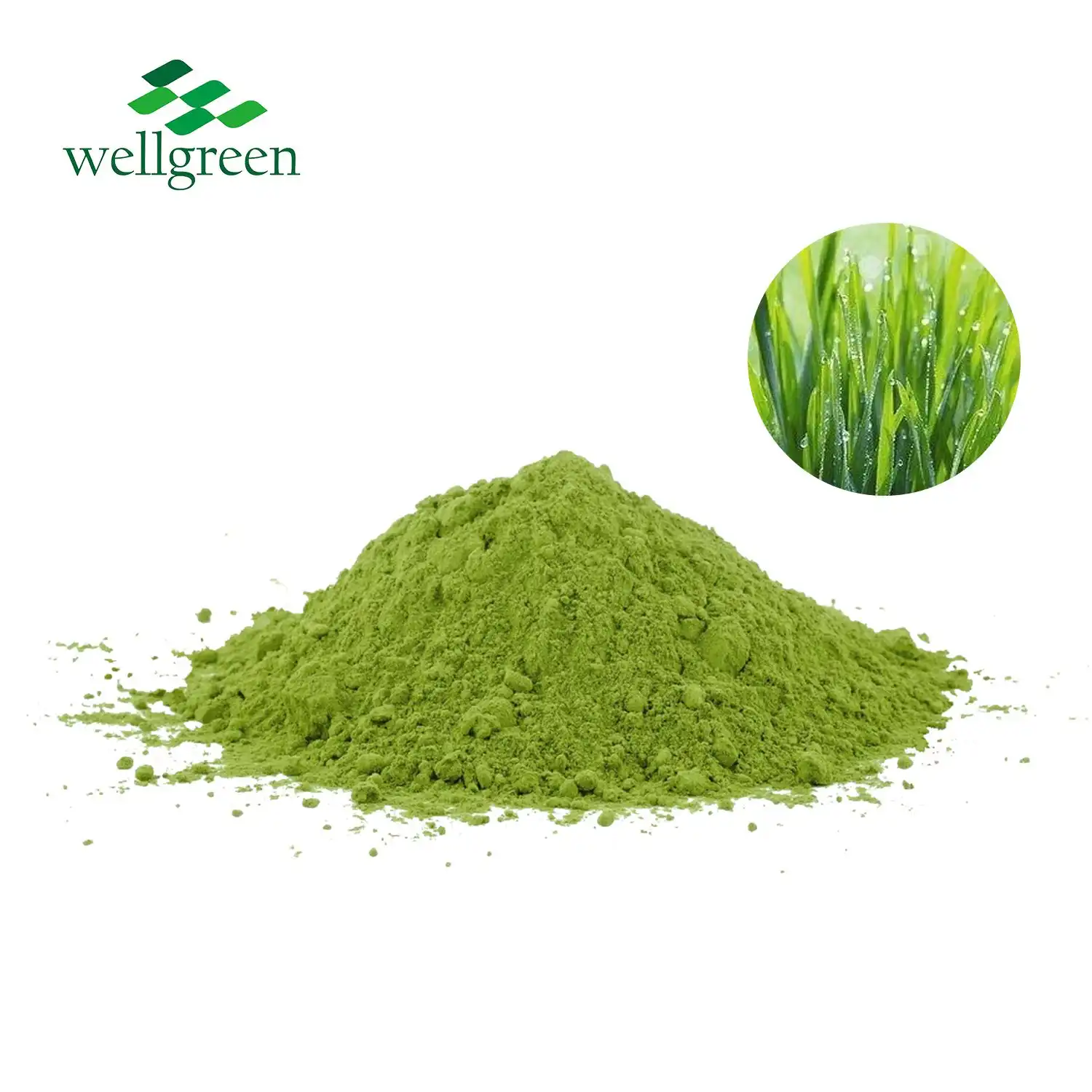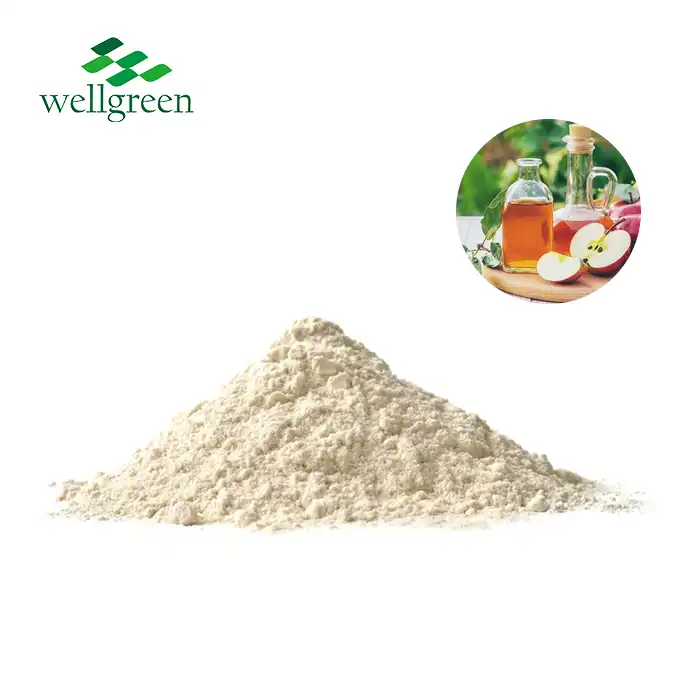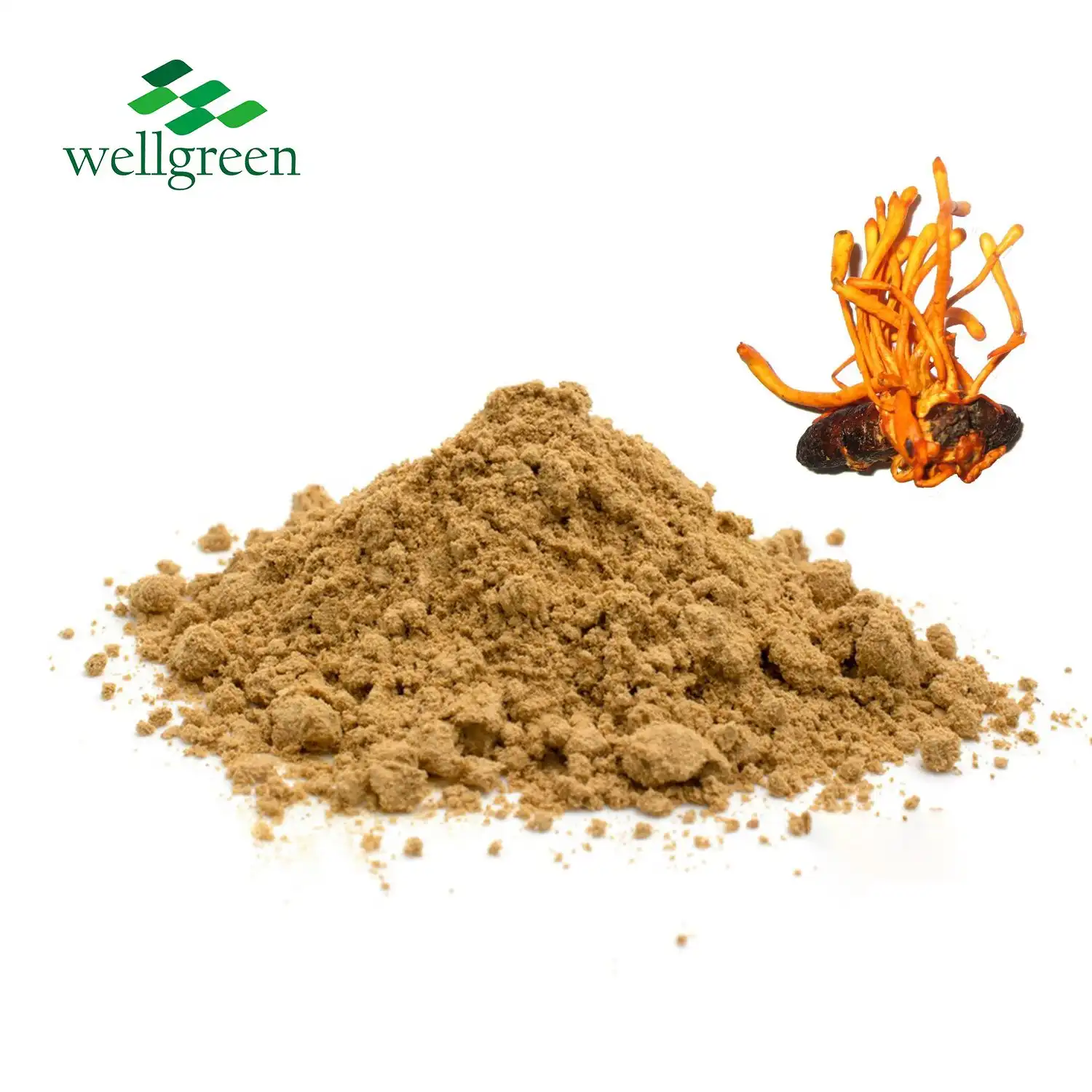How Sulforaphane Powder Supports Antioxidant Health?
2025-04-29 13:55:01
Sulforaphane powder, derived from broccoli extract, is a potent antioxidant that supports overall health by activating the body's natural defense systems. This powerful compound works by stimulating the Nrf2 pathway, which triggers the production of antioxidant enzymes. These enzymes help neutralize harmful free radicals and reduce oxidative stress in the body. Sulforaphane's ability to enhance cellular protection and detoxification processes makes it a valuable ally in maintaining optimal health. By incorporating sulforaphane powder into your daily routine, you can boost your body's antioxidant capacity and potentially reduce the risk of various chronic diseases associated with oxidative damage.
Mechanism of Action: Sulforaphane and Nrf2 Pathway Activation
Nrf2 Pathway: The Master Regulator of Antioxidant Defense
The Nrf2 pathway plays a crucial role in cellular defense against oxidative stress. This signaling pathway acts as a master regulator of antioxidant response elements (AREs) in the body. When activated, Nrf2 translocates to the nucleus and binds to these AREs, promoting the expression of genes responsible for antioxidant production and detoxification enzymes.
Sulforaphane's Impact on Nrf2 Activation
Sulforaphane powder, derived from broccoli extract, is a potent activator of the Nrf2 pathway. When consumed, sulforaphane interacts with Keap1, a protein that normally keeps Nrf2 suppressed in the cytoplasm. This interaction causes Nrf2 to be released and migrate to the nucleus, where it can initiate the transcription of antioxidant genes.
Downstream Effects of Nrf2 Activation
The activation of Nrf2 by sulforaphane leads to increased production of various antioxidant enzymes, including glutathione S-transferase, NAD(P)H:quinone oxidoreductase 1, and heme oxygenase-1. These enzymes play vital roles in neutralizing free radicals, detoxifying harmful compounds, and maintaining cellular redox balance. By enhancing the body's natural antioxidant defenses, broccoli powder sulforaphane helps protect cells from oxidative damage and supports overall health.
Sulforaphane's Role in Reducing Oxidative Damage
Direct Antioxidant Properties of Sulforaphane
While sulforaphane's primary mechanism of action is through Nrf2 activation, it also exhibits direct antioxidant properties. Sulforaphane powder can directly scavenge free radicals and reactive oxygen species (ROS), helping to neutralize these harmful molecules before they can cause cellular damage. This dual action - both as a direct antioxidant and an inducer of antioxidant enzymes - makes sulforaphane a powerful ally in combating oxidative stress.
Protection Against DNA Damage
One of the most significant benefits of sulforaphane is its ability to protect DNA from oxidative damage. Oxidative stress can lead to DNA mutations, which are associated with various health issues, including cancer and accelerated aging. Studies have shown that sulforaphane from broccoli extract can reduce DNA damage by enhancing the body's ability to repair oxidized DNA and preventing the formation of DNA adducts.
Mitochondrial Health and Energy Production
Sulforaphane also plays a crucial role in maintaining mitochondrial health. Mitochondria, the powerhouses of our cells, are particularly vulnerable to oxidative damage. By activating Nrf2 and increasing antioxidant defenses, sulforaphane helps protect mitochondria from oxidative stress. This protection can lead to improved energy production and overall cellular function, contributing to better health and potentially slowing down age-related decline.
Combining Sulforaphane with Other Antioxidants for Enhanced Effects
Synergistic Effects with Vitamin C
When combined with vitamin C, sulforaphane powder can exhibit synergistic antioxidant effects. Vitamin C is a powerful antioxidant in its own right, and when used alongside sulforaphane, it can enhance the overall antioxidant capacity of the body. This combination may be particularly effective in neutralizing a broader range of free radicals and providing more comprehensive protection against oxidative stress.
Complementary Action with Curcumin
Curcumin, the active compound in turmeric, is another potent antioxidant that can complement the effects of sulforaphane. Both compounds activate the Nrf2 pathway, but through slightly different mechanisms. By combining wholesale broccoli extract containing sulforaphane with curcumin, you can potentially achieve a more robust activation of antioxidant defenses. This combination may be particularly beneficial for reducing inflammation and protecting against chronic diseases.
Enhancing Bioavailability with Black Pepper Extract
To maximize the benefits of sulforaphane powder, consider combining it with black pepper extract (piperine). Piperine has been shown to enhance the bioavailability of various nutrients, including sulforaphane. By improving absorption, piperine can help ensure that your body receives the full antioxidant benefits of broccoli powder sulforaphane. This combination can be especially useful for those looking to optimize their antioxidant intake and support overall health.
Conclusion
Sulforaphane powder derived from broccoli extract is a powerful antioxidant supporter that offers multifaceted benefits for health. Through its activation of the Nrf2 pathway, direct antioxidant properties, and ability to enhance cellular protection mechanisms, sulforaphane plays a crucial role in combating oxidative stress and supporting overall well-being. By incorporating sulforaphane into your health regimen, potentially in combination with other antioxidants, you can bolster your body's natural defenses against oxidative damage and promote long-term health.
Contact Us
Ready to experience the antioxidant power of sulforaphane? Contact Xi'an Wellgreen today at wgt@allwellcn.com to learn more about our high-quality sulforaphane powder, wholesale broccoli extract, and other plant extract products. Take the first step towards enhancing your antioxidant health with our premium broccoli extract supplements.
References
1. Fahey, J. W., & Talalay, P. (1999). Antioxidant functions of sulforaphane: a potent inducer of Phase II detoxication enzymes. Food and Chemical Toxicology, 37(9-10), 973-979.
2. Hybertson, B. M., Gao, B., Bose, S. K., & McCord, J. M. (2011). Oxidative stress in health and disease: The therapeutic potential of Nrf2 activation. Molecular Aspects of Medicine, 32(4-6), 234-246.
3. Dinkova-Kostova, A. T., & Talalay, P. (2008). Direct and indirect antioxidant properties of inducers of cytoprotective proteins. Molecular Nutrition & Food Research, 52(S1), S128-S138.
4. Guerrero-Beltrán, C. E., Calderón-Oliver, M., Pedraza-Chaverri, J., & Chirino, Y. I. (2012). Protective effect of sulforaphane against oxidative stress: Recent advances. Experimental and Toxicologic Pathology, 64(5), 503-508.
5. Egner, P. A., Chen, J. G., Wang, J. B., Wu, Y., Sun, Y., Lu, J. H., ... & Kensler, T. W. (2011). Bioavailability of sulforaphane from two broccoli sprout beverages: Results of a short-term, cross-over clinical trial in Qidong, China. Cancer Prevention Research, 4(3), 384-395.
6. Tarozzi, A., Angeloni, C., Malaguti, M., Morroni, F., Hrelia, S., & Hrelia, P. (2013). Sulforaphane as a potential protective phytochemical against neurodegenerative diseases. Oxidative Medicine and Cellular Longevity, 2013, 415078.

